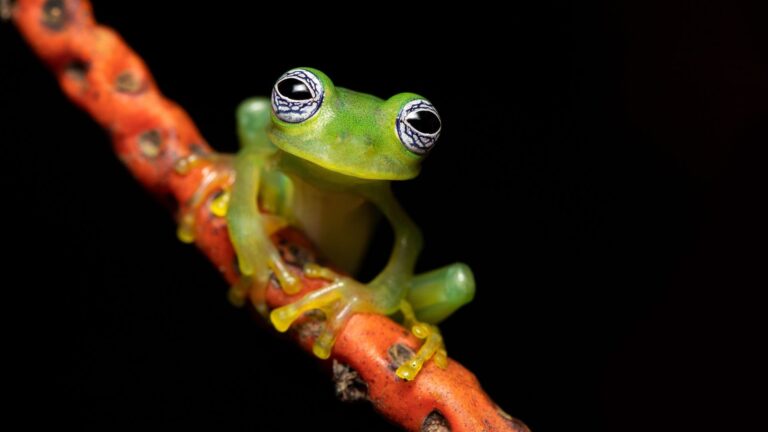The Truth About How These Dinosaurs Were Preserved Might Surprise You
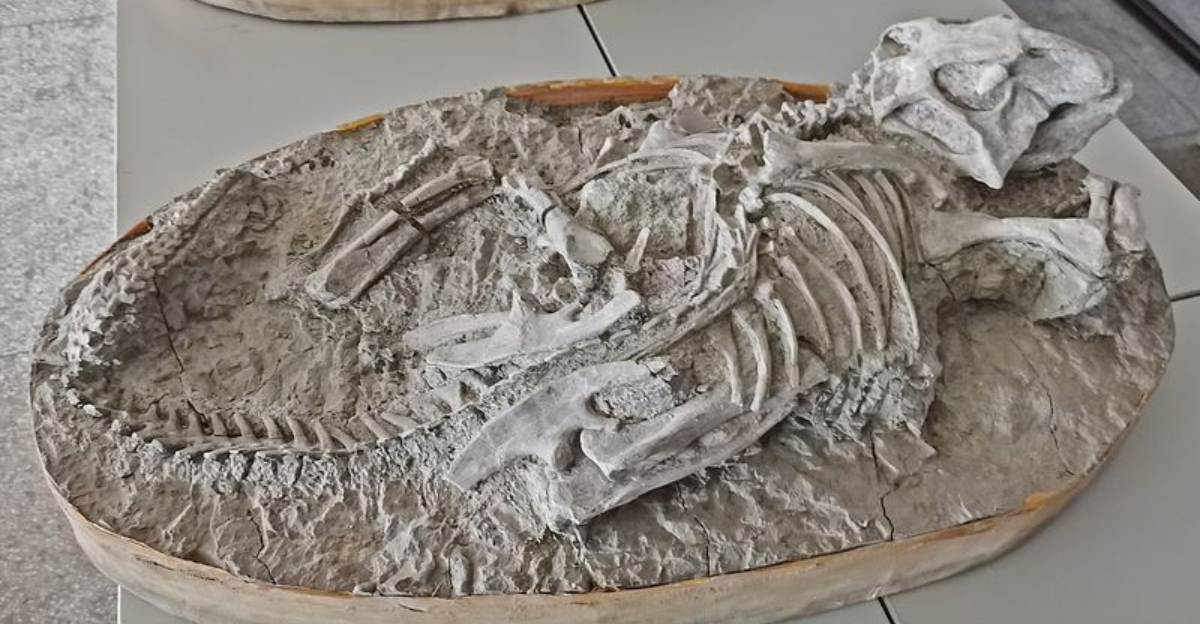
When we think about how dinosaur fossils formed, most of us picture volcanic eruptions freezing creatures in time like nature’s own snapshot.
But recent scientific discoveries are challenging everything we thought we knew about how these ancient beasts were preserved. The real story behind dinosaur fossilization involves surprising processes that scientists are only now beginning to understand.
1. Volcanic Ash May Not Be The Culprit After All
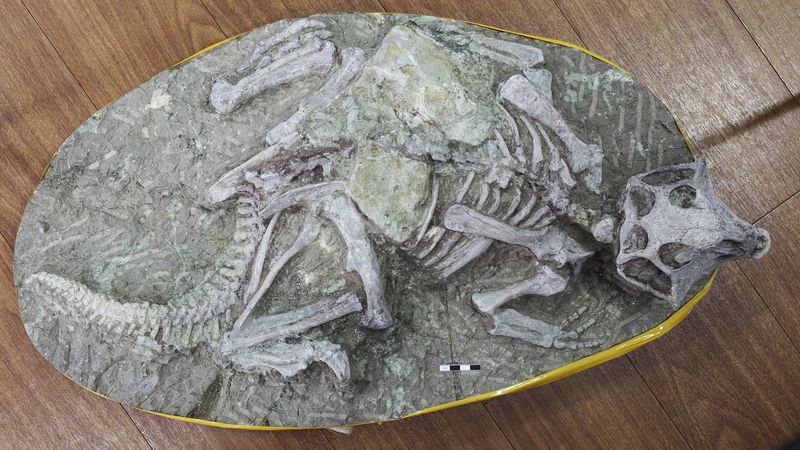
For decades, scientists believed the famous Yixian Formation fossils were preserved like Pompeii victims—rapidly buried under volcanic ash. Modern research suggests otherwise!
Chemical analysis of the surrounding rock shows minimal volcanic material. Instead, oxygen-poor lake sediments likely created the perfect preservation environment, slowly entombing creatures in fine mud that hardened over millions of years.
2. A New Theory Points To Collapsing Burrows
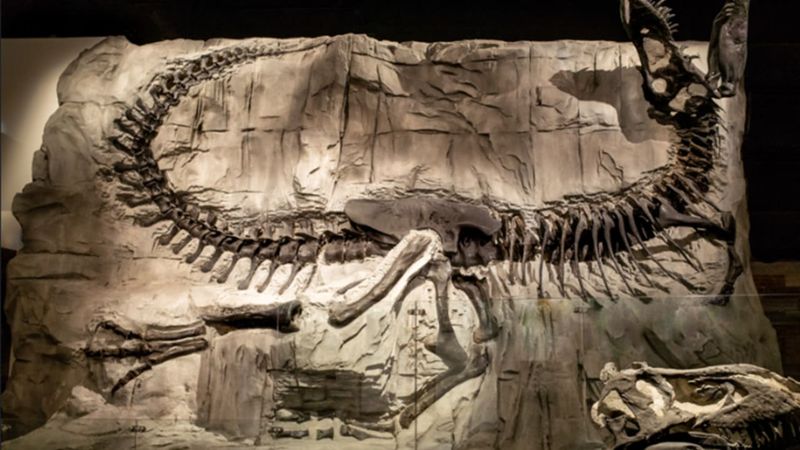
Imagine being trapped when your home suddenly caves in. Some paleontologists now believe many small dinosaurs met their end this way.
Evidence from certain fossil positions shows animals in defensive postures consistent with burrow collapse. The sudden burial would prevent scavengers and bacteria from destroying remains, while the enclosed space created a perfect preservation chamber.
3. The Role Of Heavy Rainfall Was Likely Crucial
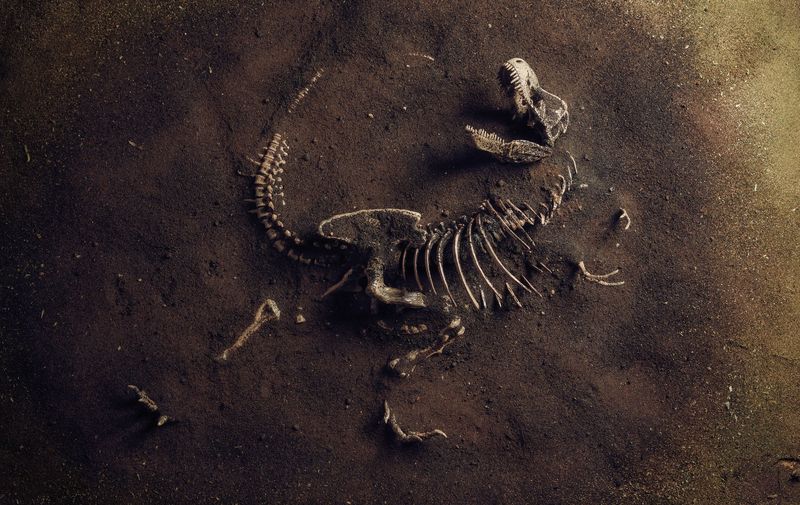
Monsoon-like downpours may have been prehistoric undertakers. Extreme weather events during the Cretaceous period created deadly mudslides that entombed dinosaurs almost instantly.
Sediment analysis reveals distinctive layering patterns consistent with rapid burial during intense rainfall events. These quick-moving flows would have trapped animals before decomposition could begin, preserving even delicate structures like skin impressions.
4. Yixian Fossils Aren’t Twisted Like Pompeii Victims
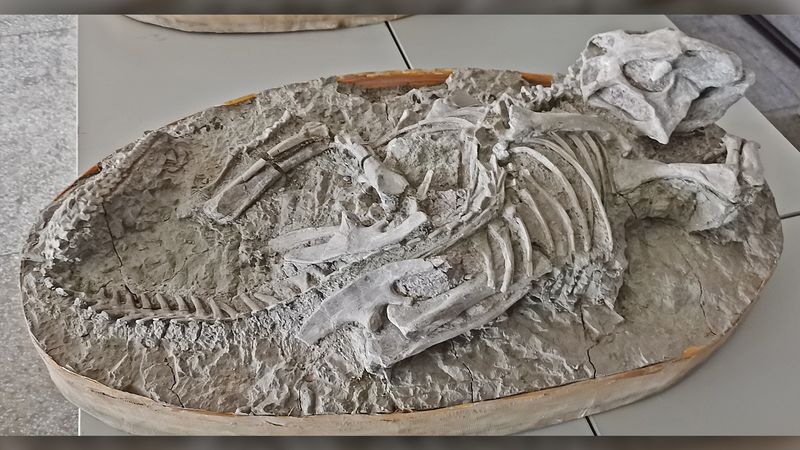
Volcanic death leaves telltale signs. Human remains at Pompeii show contorted “pugilistic” poses from muscle contraction in extreme heat—a feature absent in Yixian dinosaurs.
Most Yixian specimens lie in natural resting positions or show signs of gentle burial. This crucial difference suggests these animals weren’t caught in pyroclastic flows but experienced a much calmer demise, challenging decades of scientific consensus.
5. Feathers Were Too Well-Preserved For A Heat Event
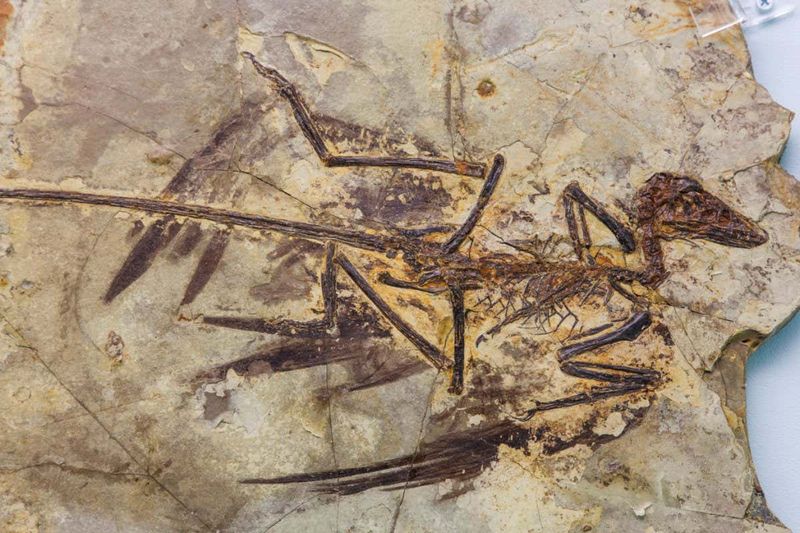
Feathered dinosaurs from China’s Liaoning Province show remarkably intact plumage – sometimes with original coloration preserved! This level of detail would be impossible in volcanic conditions.
Feathers are primarily made of keratin, which breaks down at temperatures above 150°C. The stunning preservation of these delicate structures provides compelling evidence against the volcanic preservation theory that dominated scientific thinking for years.
6. New Dating Techniques Support The Slow-Burial Theory
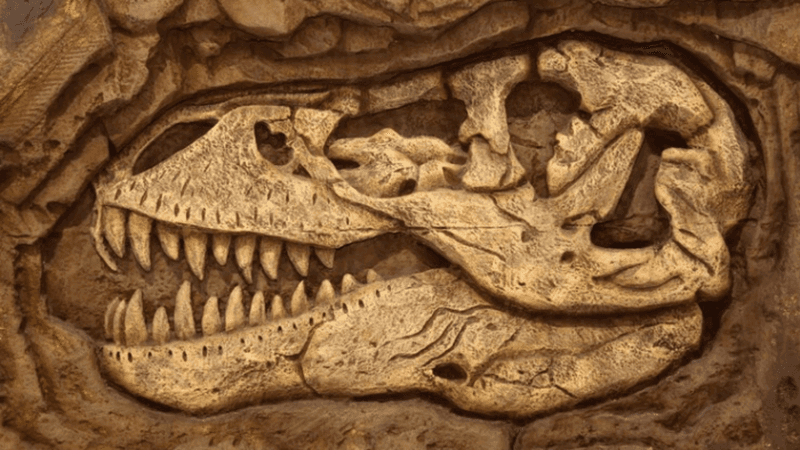
Revolutionary radiometric dating methods have rewritten the Yixian Formation’s timeline. What was once thought to be a single catastrophic event now appears to be multiple preservation episodes.
Scientists using uranium-lead isotope analysis discovered the fossils formed during three distinct periods spanning thousands of years. This pattern aligns perfectly with seasonal flooding cycles rather than volcanic activity, supporting the slow-burial hypothesis.
7. Microbial Decay Was Cut Off Midway
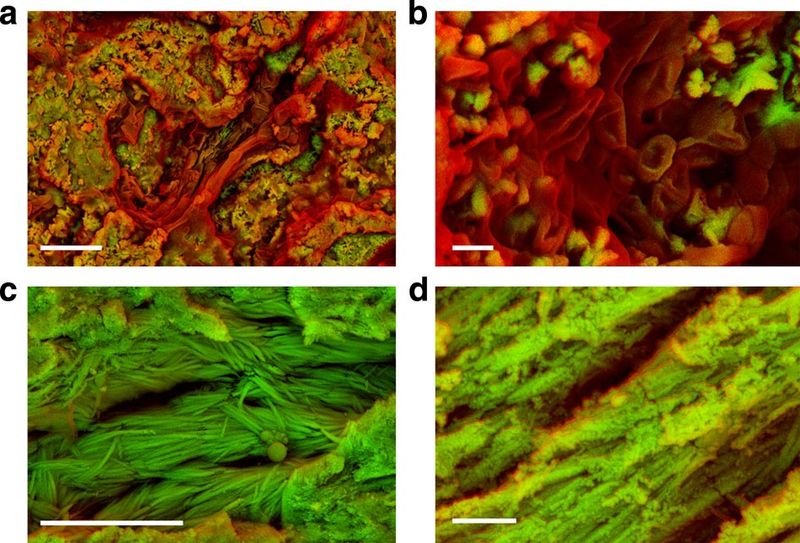
Many Yixian fossils display a fascinating preservation quirk—partially decomposed tissues alongside perfectly preserved structures. This contradicts what we’d expect from instant volcanic entombment.
Microscopic analysis reveals bacteria had already begun breaking down soft tissues when preservation occurred. The process was interrupted midway, suggesting a gradual burial that eventually created oxygen-free conditions, halting decay at different stages.
8. One Fossil Shows A Predator And Prey Mid-Battle
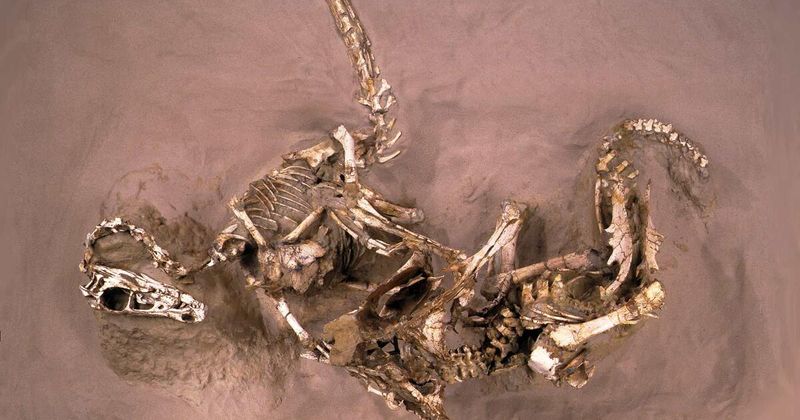
The famous “fighting dinosaurs” fossil—showing a Velociraptor and Protoceratops locked in eternal combat—reveals clues about preservation timing. Both animals appear to have been buried alive while fighting!
Sand likely engulfed them during a dune collapse or sudden sandstorm. The remarkable preservation of this dynamic pose required rapid burial without the extreme heat of volcanic activity, which would have destroyed the delicate positioning.
9. Intense Fossil Collecting Makes Yixian Unique
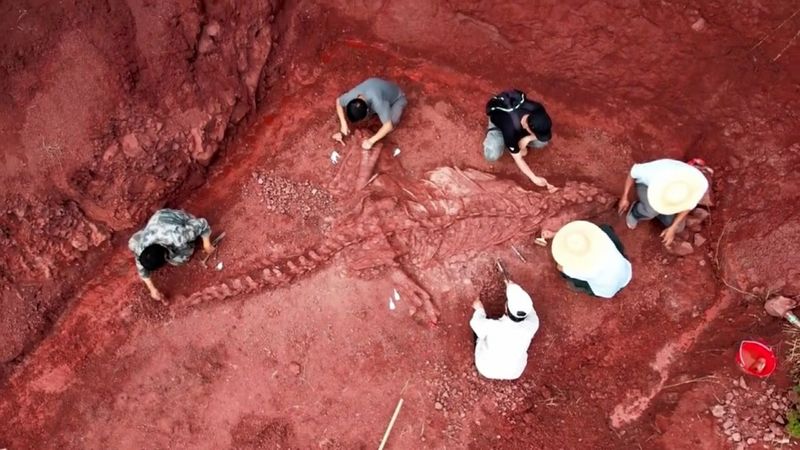
Could the Yixian Formation’s incredible fossil abundance be partly due to human factors? The region’s excavation efforts are so extensive they’re visible from space!
Thousands of local farmers supplement their income by fossil hunting, creating an unprecedented collection intensity. Similar preservation conditions likely exist elsewhere but haven’t been discovered because no other location has experienced such thorough exploration.
10. Extraordinary Conditions Weren’t Necessary
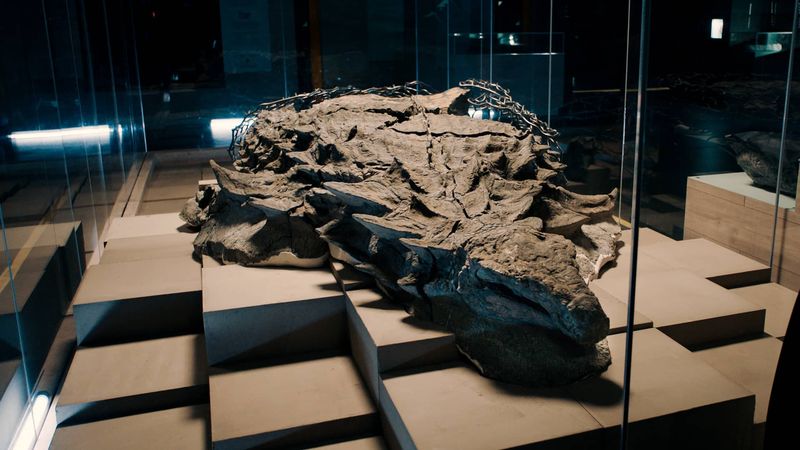
Scientists now believe exceptional preservation doesn’t always require catastrophic events. The combination of ordinary conditions—fine sediment, low oxygen, and rapid burial—can produce extraordinary results.
Research suggests many fossil beds formed through normal environmental processes that happened to create perfect preservation conditions. This paradigm shift reminds us that sometimes the most remarkable natural phenomena occur through mundane rather than spectacular mechanisms.
11. The Fossils Capture Rare Behavior Snapshots
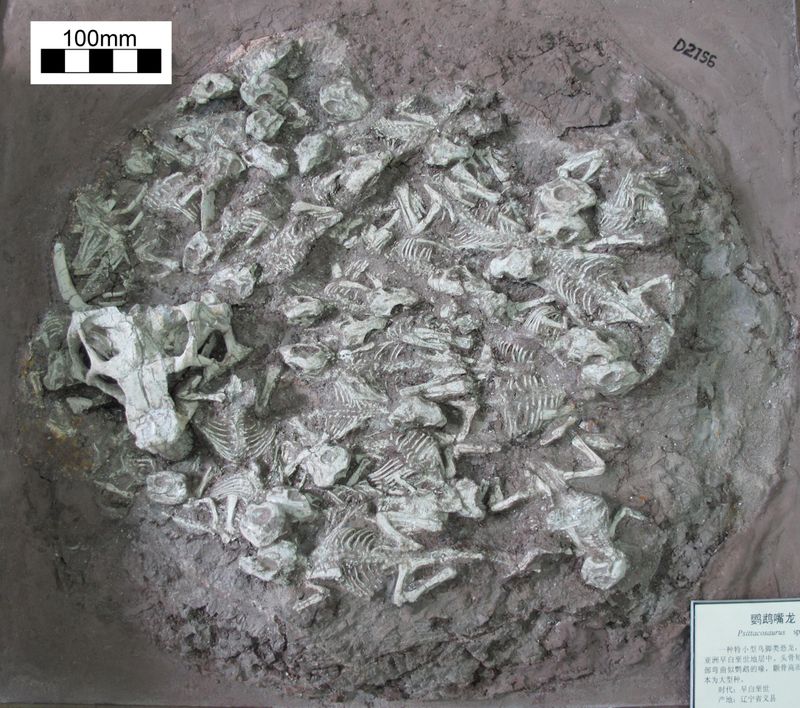
Juvenile Psittacosaurus dinosaurs found clustered together suggest they lived in social groups with possible parental care—behavior frozen in time through rapid burial.
Other specimens reveal dinosaurs brooding on nests, hunting in packs, or with stomach contents still visible. These behavioral insights would be impossible without the special preservation conditions that captured dinosaurs in the midst of everyday activities.
12. Oldest Known Two-Headed Animal Was Found Here
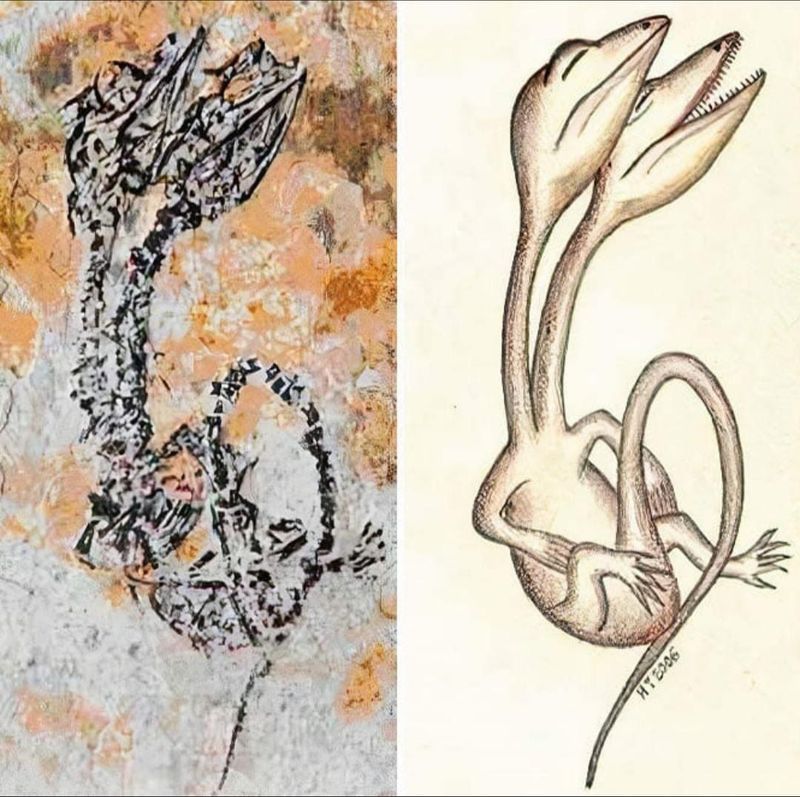
Among Yixian’s remarkable fossils is a 120-million-year-old two-headed reptile—the earliest known example of this rare condition in vertebrate history! This extraordinary specimen defied all odds of preservation.
Under normal circumstances, such an unusual animal would quickly fall prey to predators or scavengers. Its preservation required incredibly specific conditions that halted decomposition before this delicate anomaly could be destroyed.
13. We Might Be Missing Similar Sites Elsewhere
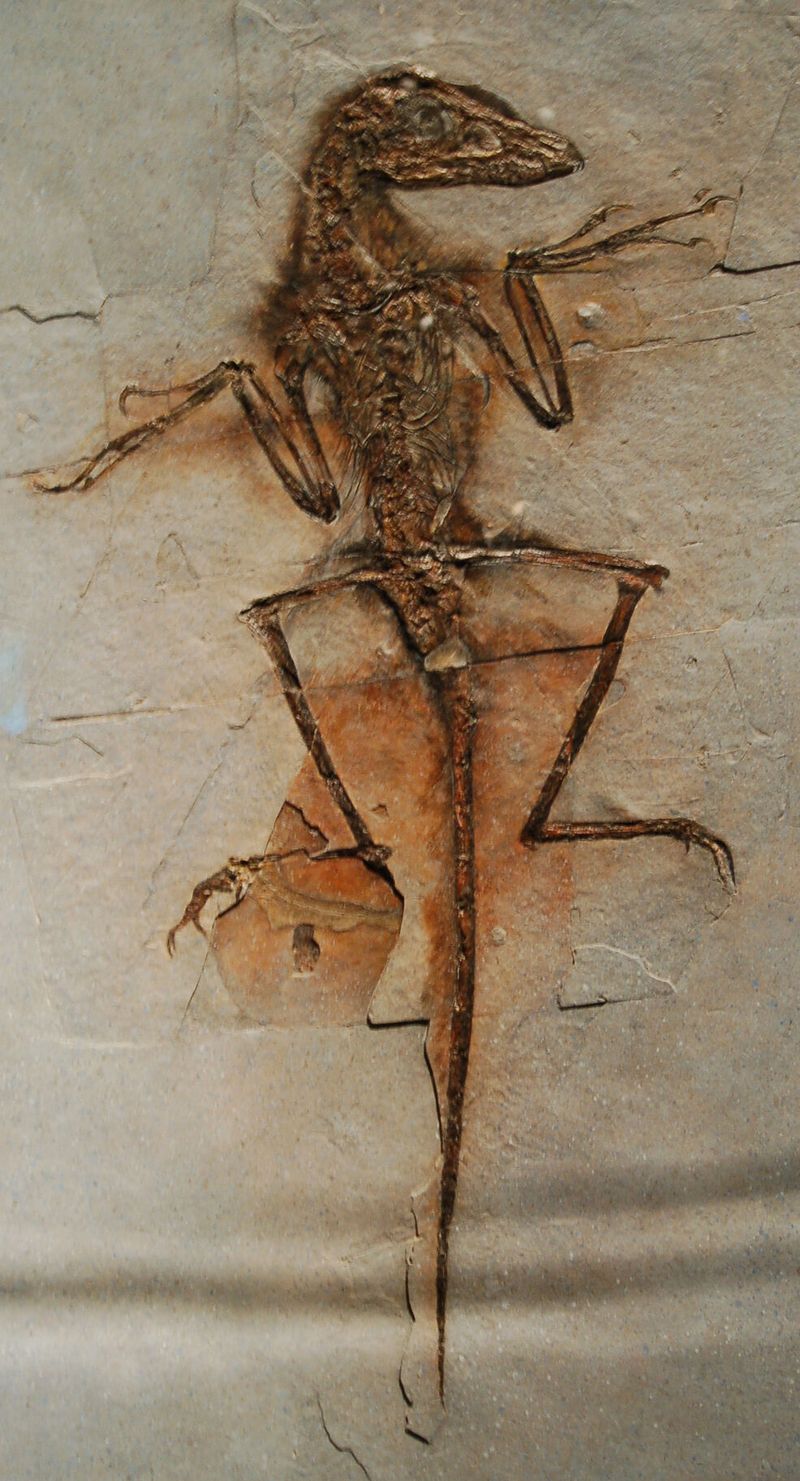
Could amazing fossil beds like Yixian exist undiscovered around the world? Paleontologists believe the answer is yes!
The unique combination of preservation conditions, fossil abundance, and intensive collection efforts makes Yixian famous. Similar geological formations likely exist globally but remain unexplored or are located in inaccessible regions. Future discoveries might completely rewrite dinosaur preservation theories yet again.





